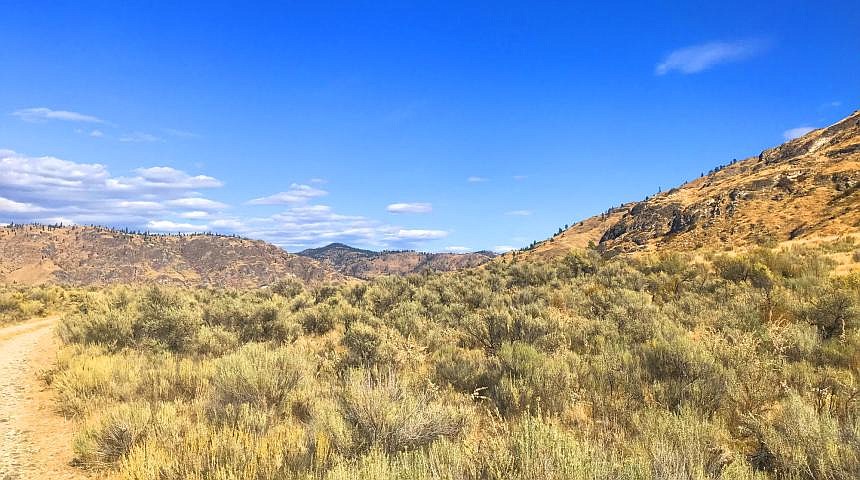State shrubsteppe habitat conservation plan submitted
OLYMPIA — The Washington Department of Fish and Wildlife, Washington State Conservation Commission and Washington State Department of Natural Resources last week submitted a new plan to the state Legislature intended to guide future conservation of Washington’s shrubsteppe habitat, according to a Monday WDFW announcement.
According to the statement, the Washington Shrubsteppe Restoration and Resiliency Initiative Long-term Strategy aims to protect wildlife and habitat while supporting working lands and communities across the shrubsteppe landscape, especially amid the increased threat of wildfires throughout Washington. The plan is intended as a 30-year guide.
“This strategy represents the culmination of years of important work to better define actions needed to address the threats facing shrubsteppe habitats, wildlife, and communities in Washington,” said WDFW Director Kelly Susewind. “We as a state are now in a stronger position to move forward protecting this vital landscape in the face of new and ever-changing challenges.”
The shrubsteppe landscape once covered more than 10 million acres in Eastern Washington, the statement said. Shrubsteppe still provides habitat for a wide range of plant and wildlife species, some of which – like the endangered Columbia Basin pygmy rabbit — live only in the shrubsteppe.
An estimated 60 to 80% of Washington’s shrubsteppe habitat has already been lost or degraded from wildfires, invasive species, land-use conversion and more, the announcement said. Fires in recent years have burned hundreds of thousands of acres of Eastern Washington habitat; in September 2020, an unprecedented fire event burned 300,000 acres in a single day.
“Our shrubsteppe habitats are such a crucial landscape in Washington, and I’m eager to see this strategy come to fruition,” said Commissioner of Public Lands Hilary Franz. “This is a big step forward in protecting these habitats from continued threats, including the ever-present dangers of wildfire. I’m eager to see the impact that this collaboration will have on this important habitat and the surrounding species.”
The new strategy document includes four key goals covering themes of community engagement, habitat protection and restoration, species management and wildfire management, the statement said, as well as actions to accomplish these goals.
According to the announcement, the long-term strategy emphasizes the need for a wide spectrum of coordinated recovery efforts through strategic investments that defend, grow and connect the remaining core shrubsteppe habitat. An extensive mapping effort accompanied the development of the new strategy, helping experts better understand the current status of shrubsteppe in Eastern Washington and where to focus conservation efforts.
“This final plan is the result of two years of dedicated collaboration with WDFW and DNR and underscores our steadfast commitment to working closely with both agencies. We are very excited to be able to present the plan in its final form,” said James Thompson, SCC executive director. “This work is important to chart our path forward through collaborative community engagement and support of working lands in our state’s shrubsteppe landscape. We look forward to many more years of fruitful cooperation for exciting conservation and restoration progress.”
More information on WSRRI, the long-term strategy and Washington’s shrubsteppe landscape is available at wdfw.wa.gov.





